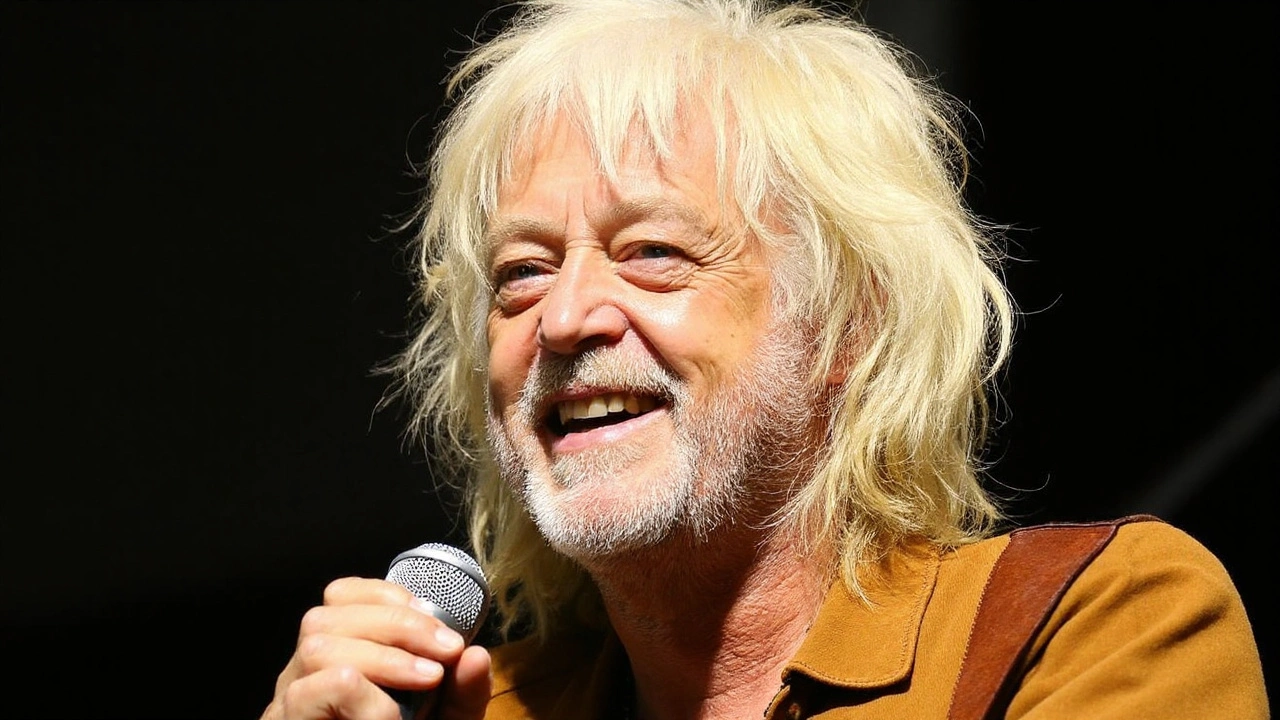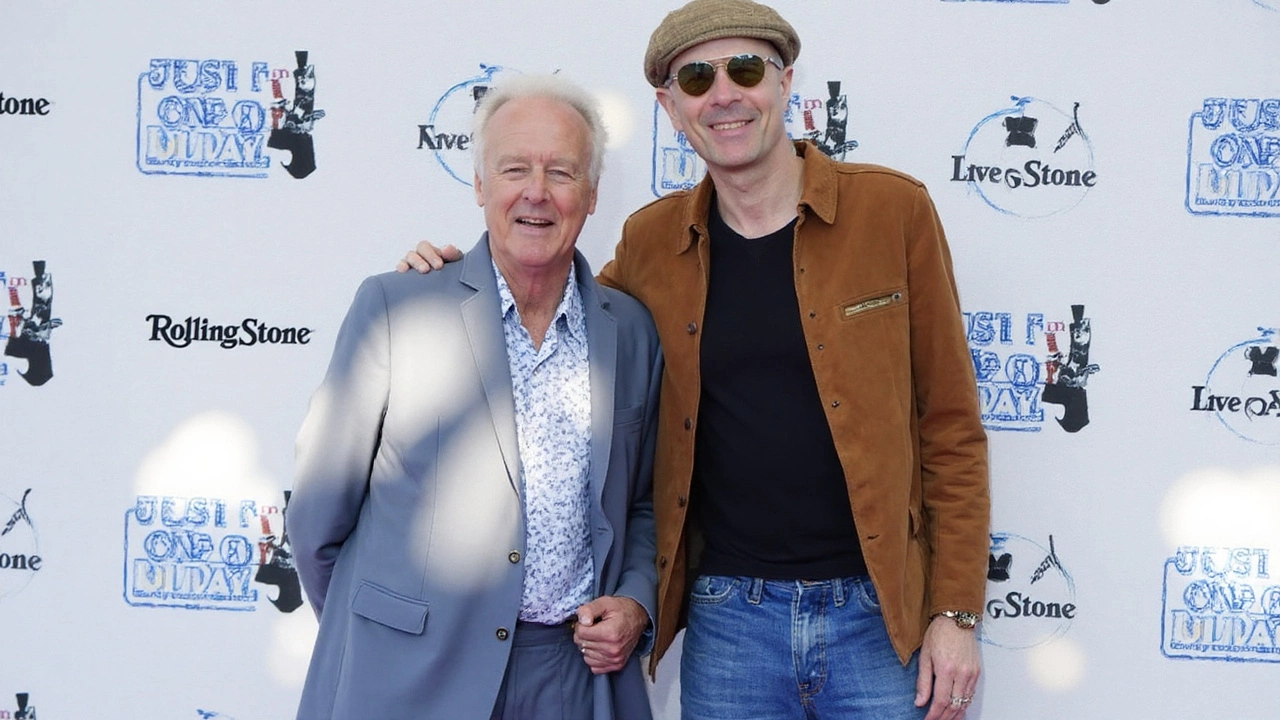Live Aid: A Moment Lost to Time According to Midge Ure
If you’re dreaming of another Live Aid-sized concert shaking the planet, don’t hold your breath. Midge Ure, one half of the duo who masterminded the epic 1985 event, says the world just isn’t set up for it anymore. To mark the 40th anniversary of Live Aid, Ure opened up on BBC Radio 4 about why we won’t see a rerun—pointing the finger at today’s tangled digital mess.
Back in the mid-80s, Ure and Bob Geldof pulled off something wild: giant synchronized concerts in London and Philadelphia, beamed to 1.9 billion people across 150 nations. Queen rocked Wembley, U2 went rogue, and pop royalty answered the call. They rallied to combat famine in Ethiopia and proved that you could make a real difference with music—if the world listened together.

The Digital Roadblocks for Big Charity Events
So why couldn’t it work now? Ure cuts right to the chase: it’s all about social media. In the ‘80s, there were just a few TV channels, and everyone watched the same thing at the same time. When someone said, “Let’s change the world,” it felt possible. Now? Attention is scattered. TikTok is on one screen, football on another, and opinions flying 24/7. A single message can't dominate the airwaves like it once could.
Plus, forget about getting everyone on the same logistical page. Coordinating continents is chaos nowadays. Airlines, border rules, tech demands, and legal headaches have all multiplied. Ure says lining up artists and venues used to be a wild ride, but today's world is just too tangled. Throw in the quick, fickle nature of online trends, and the team spirit falls apart faster than you can tweet.
- In 1985, the cause was clear—help for Ethiopia's famine. Now, everyone’s got a platform and a cause, and it’s harder to unite on one thing.
- Artists today are spread thin, juggling personal brands and social followings. That adds layers of coordination that Ure and Geldof never faced.
- Media gatekeepers used to funnel everyone to one broadcast. With digital platforms, focus splinters in a thousand directions.
Ure says Live Aid’s magic came from its raw simplicity. There were no hashtags or hashtags wars, no feeds drowning out the message. Just a plug, a cause—and the will to see it through. The concert was sincere, urgent, and uncomplicated by today’s distractions.
Forty years on, Live Aid still stands as the charity concert everyone measures against. But with our fractured media habits and short attention spans, Ure believes we’ve lost the ingredients that made that legendary day possible. If you’re feeling nostalgic, you’re not alone. But maybe, as he puts it, we’re better at remembering than replicating it.
